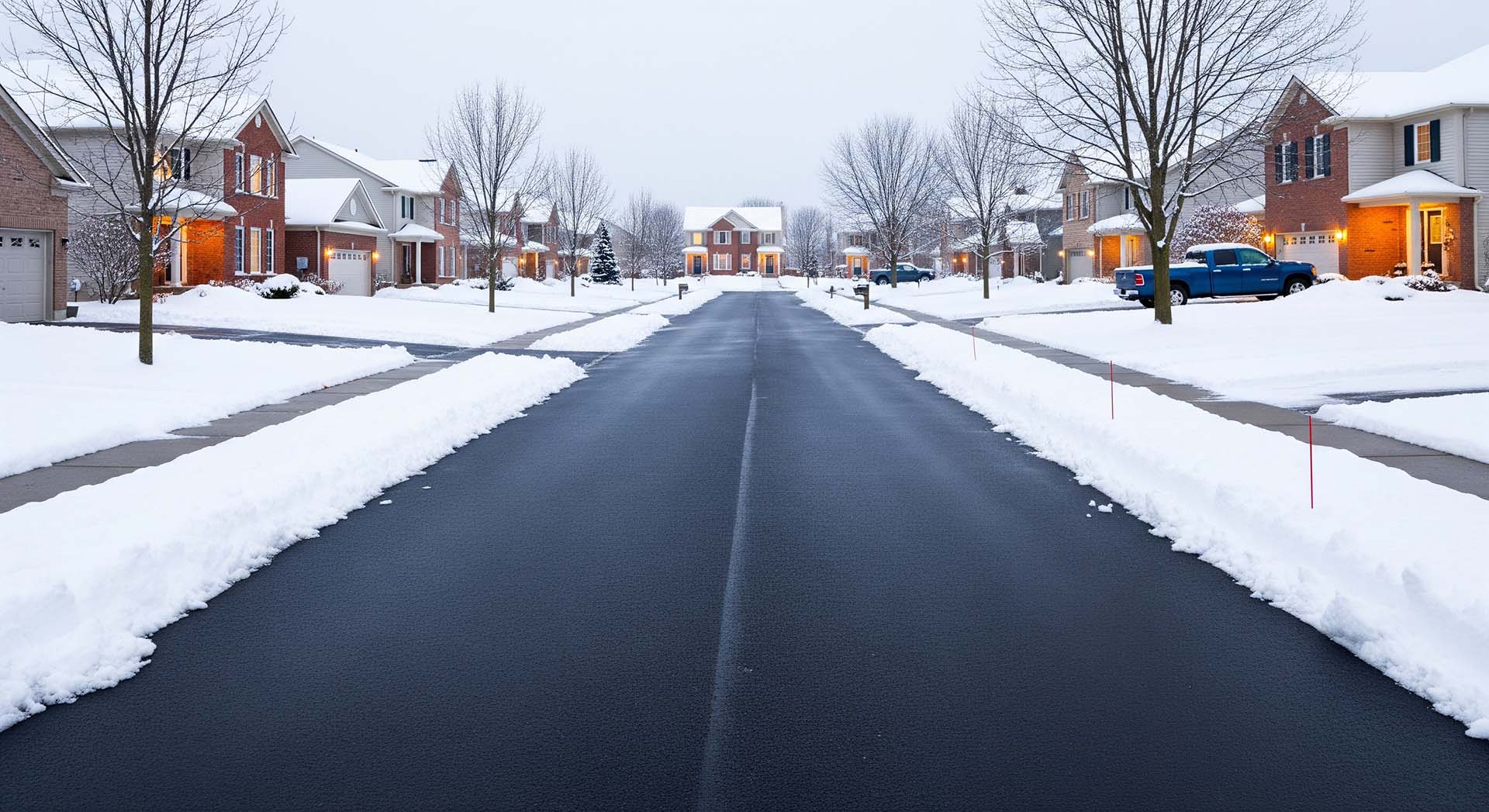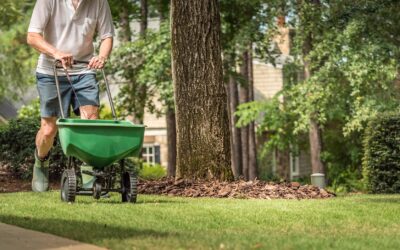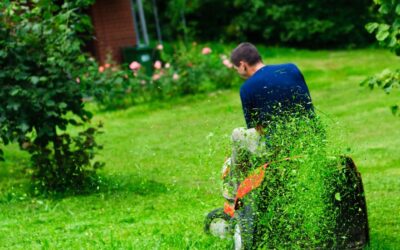With summer officially behind us, the time for preparing your HOA for ice, snow, and storms this winter is now. For any community association, a proactive approach to winter readiness is not just about convenience—it’s a critical strategy for ensuring resident safety, preventing costly property damage, and maintaining smooth operations. A sudden winter storm can bring everything from dangerous ice on walkways to heavy snow that blocks access for residents and emergency services.
This comprehensive guide will walk you through the essential steps for preparing your HOA, ensuring your community is fully equipped to handle whatever this winter brings.
Step 1: Develop a Proactive Plan for Snow, Ice, and Storms
The cornerstone of any winter preparation strategy is a solid plan for snow and ice management. Waiting for a storm in the forecast is too late, as the best professional services will already be booked.
Secure a Reliable Winter Maintenance Contractor
Your first step should be to secure a contract with a professional, insured snow and ice management company. When vetting partners, prioritize those with clear experience managing properties similar in size to your HOA.
Define the Scope of Work in Your Contract
A vague contract leads to confusion and liability. Ensure your agreement clearly specifies:
- Service Triggers: The exact accumulation of snow or ice that will trigger a service call.
- Areas of Responsibility: A detailed map or list of all common areas to be cleared, including roads, sidewalks, parking lots, and building entrances.
- Materials and Equipment: The types of de-icing materials to be used (e.g., rock salt vs. pet-safe options) and the equipment available for major storms.
Step 2: Inspect Community Exteriors to Prevent Storm Damage
A thorough property inspection in the fall is crucial for identifying potential hazards before they are amplified by harsh winter weather.
Evaluate Roofs and Gutters
The combination of heavy snow and ice can be devastating to roofing systems.
- Roof Inspection: Check for and repair any loose shingles, damaged flashing, or structural weak points on all community buildings.
- Gutter Cleaning: Clear all gutters of leaves and debris. This is the single best way to prevent the formation of destructive ice dams, which can cause water to back up into buildings.
Manage Landscaping for Winter Safety
Trees and shrubs that are beautiful in the summer can become significant risks during a winter storm.
- Trim Hazardous Branches: Prune tree limbs that are dead, weak, or hang over buildings, power lines, and parking areas. Ice and snow accumulation can cause these branches to snap, leading to serious damage.
- Protect Key Landscaping: Consider wrapping valuable or sensitive shrubs to protect them from the weight of snow and from salt spray from nearby roads and walkways. This falls under your community’s overall commercial landscape maintenance plan.
Step 3: Winterize Plumbing and Shared HVAC Systems
Preparing your HOA’s mechanical systems for freezing temperatures can prevent some of the most expensive types of winter damage.
- Protect Against Frozen Pipes: Ensure all exterior water sources, including irrigation systems and swimming pools, are professionally drained and shut down. Insulate any exposed pipes in common areas.
- Service Heating Systems: Schedule a professional maintenance check on the HVAC systems in all shared indoor spaces like clubhouses or fitness centers. This ensures they will operate reliably and efficiently when temperatures drop.
Step 4: Finalize Your Winter Safety and Communication Plan
Keeping residents safe and informed is a top priority when preparing for winter storms.
- Audit Outdoor Lighting: With fewer daylight hours, proper lighting is essential for preventing slip-and-fall accidents. Tour the property at dusk to identify and replace any non-functional bulbs in parking lots and along walkways.
- Communicate the Plan to Residents: Before the first freeze, send out a clear communication detailing the community’s winter storm plan. This should include information on snow removal procedures, parking restrictions during storms, and emergency contact numbers.
Ensure Your HOA is Prepared for Winter with Yardmaster
Preparing your HOA for ice, snow, and storms this winter is a multi-faceted task, but it is essential for the well-being of your community. A thorough plan, executed well before the first snowflake falls, protects property value and ensures resident safety.
Don’t leave your community’s safety to chance. The expert team at Yardmaster, Inc. provides comprehensive and reliable snow and ice management for HOAs. Contact us today to build a customized plan and ensure your community has a safe and worry-free winter.




